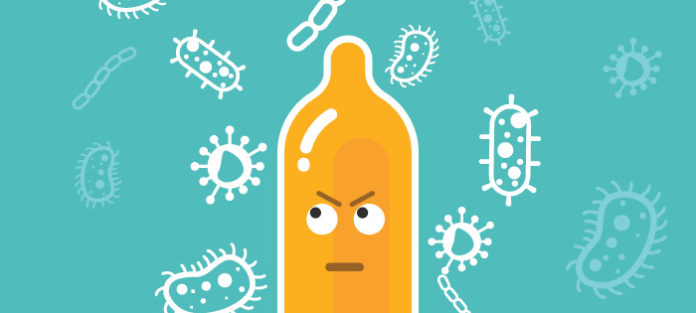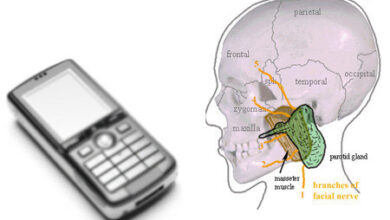

Introduction
Sexually transmitted infections (STIs), also known as sexually transmitted diseases (STDs), are ailments that are contacted during sexual intercourse, this ailments can also be contacted through non-sexual contact, like sharing razors and towels.
There are many different kinds of STIs, ranging from genital herpes, chlamydia, gonorrhea, syphilis, trichomoniasis, HIV/AIDS to HPV. These illnesses are passed from person-to-person through unprotected sexual activity. It’s important to understand how you can prevent STIs because once contacted they are really hard to get rid of. One of the best way to prevent getting an STI is abstinence. Abstinence means not having any sex at all outside of marriage.
STIs? What it means?
STIs are type of infection that is passed from one person to another through intimate contact. The best way to avoid getting an STI is by using a condom during sex and limiting your number of sexual partners. If you think you might have been exposed to an infection or become infected with one. It’s important that you get tested as soon as possible.
How people contact STIs?
Most people get STIs through vaginal, anal, or oral sex with someone who has an infection. It doesn’t matter how old you are, how many partners you’ve had, or whether your partner is male or female. The only way to be sure that a person doesn’t have an infection is if they’ve not had sex with an infected person. People can also get infections from using dirty needles and syringe. Some infections can spread from mother-to-child in the womb or during childbirth. If this happens it’s important that healthcare professionals know about it so they can take steps to protect both mother and baby.
Symptoms
STDs or STIs can have a range of signs and symptoms, including no symptoms. That’s why they may be unnoticed until they finally surface or when diagnosed. Some signs and symptoms that indicate STIs include:
- Discharge from the genitals
- Pains while urinating
- Odorous vaginal discharge
- Unusual vaginal bleeding
- Pain during sex
- Sores or bumps on the genitals or in the oral or rectal area
- Lower abdominal pain
- Fever
- Rash over the trunk, hands or feet
Signs and symptoms may appear a few days after contact. However, it may take years before you have any noticeable problems, depending on organisms.
People at risk of getting an STI?
STIs are largely caused by unprotected sex. Unprotected sex is when you do not use a condom or any form of protection during sexual intercourse, anal, or oral intercourse. Oral sex is when you put your mouth on someone’s genitals or anus. Vaginal Sex is when a man inserts his penis into a woman’s vagina. Anal Sex is when someone puts their penis into another person’s anus.
Prevention
There are several ways to avoid or reduce your risk of STDs or STI.
- Abstinence: The most effective way to avoid STIs is to abstain from any form of sexual activities.
- Maintaining one sexual partner: Another way of preventing STI is to stay in a long-term relationship in which both people have sex only with each other.
- Wait and test: Avoid vaginal and anal intercourse with new partners until you have both been tested for STIs. Oral sex is less risky, but use a latex condom or dental dam to prevent skin-to-skin contact between the oral and genital mucous membranes.
- Get vaccinated. Getting vaccinated before sexual exposure, is also effective in preventing certain types of STIs. Vaccines are available to fight human papillomavirus (HPV), hepatitis A and hepatitis B.The Centers for Disease Control and Prevention (CDC) recommends the HPV vaccine for girls and boys ages 11 and 12, although it can be given as early as age 9. If not fully vaccinated at ages 11 and 12, the CDC recommends getting the vaccine through age 26.
- Use condoms and dental dams always: Use a new latex condom or dental dam for each sex act, whether oral, vaginal or anal. Also, keep in mind that while latex condoms reduce the risk of contracting STIs, they provide less protection for STIs involving exposed genital sores, such as HPV or herpes.
- Communicate: Before any serious sexual contact, communicate with your partner about practicing safer sex. Be sure you specifically agree on what activities would go on.
- Consider male circumcision: For men, there’s evidence that circumcision can help reduce the risk of acquiring HIV from a woman with HIV by as much as 60%. Male circumcision may also help prevent transmission of genital HPV and genital herpes.
Some Major Treatment of STIs
There are some major effective treatments available for STIs.
- For herpes and HIV, the most effective medications available are antivirals that can modulate the course of the disease, though they cannot cure the disease.
- For hepatitis B, antivirals can help fighting the virus and slowing damage to the liver.
- Three bacterial (chlamydia, gonorrhea and syphilis) and one parasitic STIs (trichomoniasis) are generally curable with existing single-dose regimens of antibiotics.
In Conclusion
STIs can be transmitted during vaginal, anal or oral sex. The most common STIs are gonorrhea, chlamydia, syphilis, herpes, HPV (human papillomavirus) and HIV (human immunodeficiency virus). Most STIs are curable when you undergo effective treatments. To avoid getting an infection or passing one on to a sexual partner it is important to use a condom each time you must engage in any form of sexual activities.





